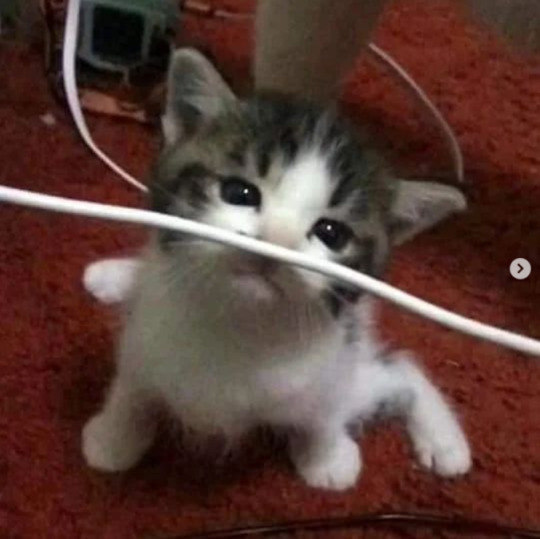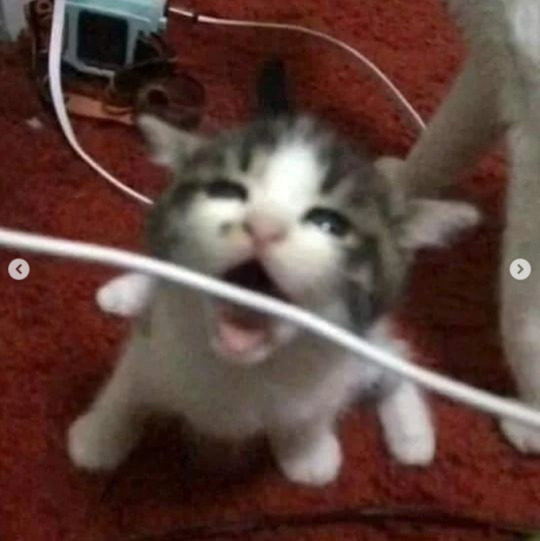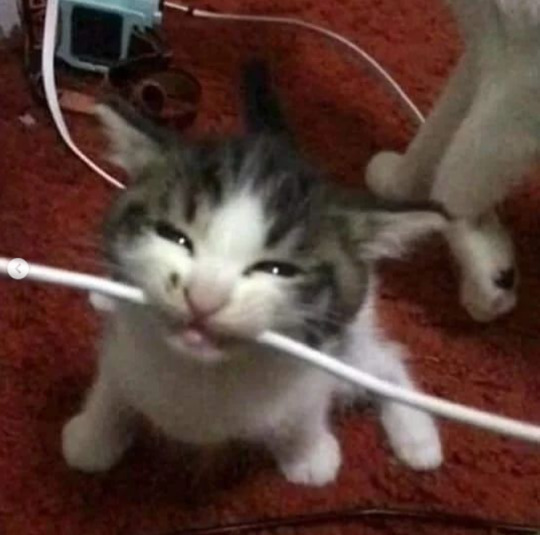Text
For Cell Users:
About
Simon’s Guide to Clown Breeds
Interacting (OOC)
((this is a fictional blog. If you enjoy the writing, please consider tipping me! Thanks!))
12 notes
·
View notes
Text
Keying/graffiti-ing someones car is old news now if someone cheats we go at their wardrobe with a seam ripper
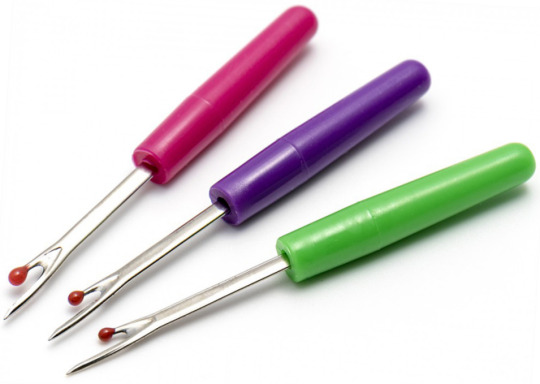
yknow what? Fuck you *unstitches all your shirts and jeans*
224K notes
·
View notes
Text
Stilt clowns and their needs.
A guide to owning stilt clowns
Hello everyone this is my first time posting about my clown Popsnap. They are a wonderful pure bred stilt clown that i purchased from a rare clown breeder. They coast me quiet a lot considering his stilts are in beautiful condition. I have seen little to no people talk about stilt clowns or stilt mimes for the mater so i decided I would change that and give some valuable advice about stilt clowns and there needs.
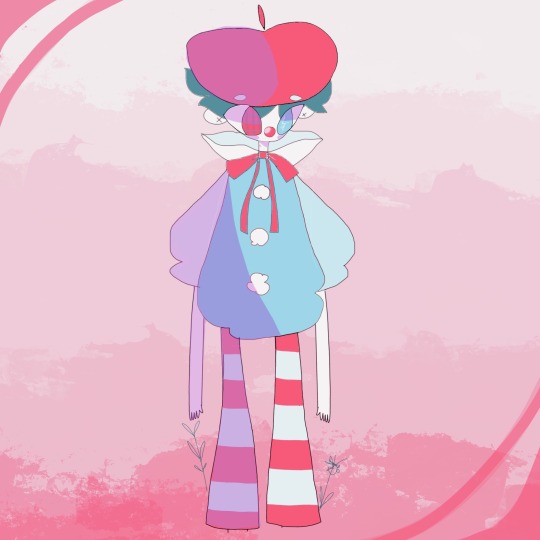
•Bedding and food:
The stilt breeds like many other clowns eat cotton candy. They also love popcorn. In addition to their normal diet I will occasionally feed Popsnap Carmel apples witch should only be fed as a treat once in a while since they are not particularly healthy for any type of clown.
For housing, I have a extra large circus tent for Popsnap since their stilts make them taller than most other clowns they need a larger enclosure. Giving a stilt clown a medium to small enclosure is a terrible thing to do and can cause grayscale if the clown in question is kept in a tent too small for them to be able to walk around in.
•Grayscale stilts: [broken stilts and Bad owners]
Most stilt clowns are bought by owners who know nothing of stilt clowns and purchase them only for the fact that they need a rare clown to show at a house party, gathering etc. If you do not take the time to properly learn about them you may damage your Stilt clown permanently. for example in many rescues the stilts will be in very bad condition with some even broken in half. Because stilt clowns need to walk to keep their happiness up having a broken stilts can cause many side effects other than just a disabled clown.
In some cases the clown will go into an intense state of grief once their stilts are permanently broken. This state of sadness will also cause the clowns colors to fade and become more dull.  if a Pierrot Stilt mix’s [or any other sad clown stilt mix’s] stilts are broken this sadness can be even stronger and will cause complete loss of color, this is called the grayscale stilts and unfortunately cannot be undone. However if the clown is already black and white before their stilts are broken the grayscale with not affect them physically though it will affect their mood and they will become incredibly sad.
The grayscale stilts do not affect mime stilts and only applies to clown stilts. in fact there are many differences between clown stilts and mime stilts that I will go into more detail on another post. if you have any questions about stilt clowns feel free to ask them I will be replying to as many as I can.
79 notes
·
View notes
Text
literally every ‘wholesome’ hannigram scene always has the most fucked up context its so funny
34K notes
·
View notes
Text
ha?
every single person who reblogs this
every
single
person
will get “doot doot” in their ask box
2M notes
·
View notes
Note
I just found out that my mated pair of clowns are actually both male. They seem happy and everything, but they keep trying to nest, and seem unhappy abt their inability to have eggs of their own. Would it be a good idea to try and get them an egg to hatch? And if so, is there an ethical way to get one? (Also, what breed should I provide them? Theyre both stray mutts, but one has some pronounced jester markings)
Let me just clear up a misconception: Clowns arent “male” or “female”, human gender has no place in clown biology. Clowns are either blancs (dominant in a troupe,) Augusts (usually the butt of jokes,) and Contra-Augusts (which are mediators and not always found)
And ethical way to give them an egg, which is an AMAZING idea, would be to find a local breeder who can give you an egg. A jester mix egg would be best, as it would look most like them.
184 notes
·
View notes
Text
PSA for clown owners
if the breeder youre buying your clowns from advertises them as a ‘pennywise’ breed, RUN!
that breed isnt real and it just means that theyre either selling aggressive clowns trained for fighting or theyre trying to add to the stigma associated with clowns – clowns are not meant to be scary and aggressive!
so please be on the lookout for any breeders like that, and report them for clown abuse! the way they treat their clowns isnt healthy!
385 notes
·
View notes
Text
Listen, guys, I see a LOT of misconceptions going around clownblr right now - and it makes sense! There’s been a massive upswing in public interest! Nobody’s born with a copy of Bozoldi’s Taxonomy in their hands! But I can’t stand the thought of clowns getting hurt because of this, so here’s some quick points.
First of all, clowns are NOT obligate dulcivores!!!! YES, they do enjoy sugar, YES, a healthy diet should include plenty of cotton candy to give them energy to caper, but they’re still omnivores!! ALL extant clown breeds descend on some level from the Greater Fool, which feeds mostly on carrion and rodents. Post-Colombian clown husbandry leaned heavily on the sadly extinct Least Clown (and yes, “clown” was once a specific breed!), which was primarily fructivorous with a supplementary diet of natural legumes. BOTH were omnivores, though their respective environments had forced a diet shift. Modern clowns are capable of eating just about anything, and they should! They’re not well adjusted for rough fiber, so stay away from grains and greens, but next time you put a bowl of candyfloss out for your Bozo, give him a mouse too! Don’t be alarmed by the mess - clowns do like to toy with their prey.
THIS GOES DOUBLE FOR MIMES. Mimes are PRIMARILY carnivorous! They were never crossed with the Least Clown - you can tell by their coloration - so a mostly dulcivorous diet is terrible for them! Now, generally people don’t get a mime and feed him taffy, but mime feed is almost as bad. Mimes on dry feed need iron supplements, their blood pressure goes down, and their pelts fade until they’re just grey. Please, PLEASE give your mimes raw meat! Give your mimes live prey if at all possible - your local pet shop or shelter should be able to direct you to their feed mice. Whenever I really want to treat my Pierre chanceux I’ll get him something bigger, like a rat or a garter snake. The pellets are kind of a pain to deal with, but your mime will thank you. Silently. Because he’s a mime.
Mimes are NOT dangerous!!!! They can be scary before you know them, but their claws are fully retractable, and you’ll never find a more caring species. What’s DANGEROUS is mime/fool hybrids. (IMHO, any fool hybridization should be ILLEGAL. They’re wild animals! You’re combining the body mass and predatory instincts of a fool with the clown/mime’s comfort with humans - how the hell do you expect that to go?!) I GUARANTEE that whatever scary story you heard about some feral mime eating somebody’s kid was actually a hybrid.
Speaking of which? Don’t get a fucking fool. They’re endangered. And they’ll kill you. Get a jester if you want capering, they caper just fine and they won’t try to kill you.
Ugh, this turned into Yelling At Fool Breeders Hell Hour. But seriously, feed your clowns right. I’m gonna go see if Jacques wants to chase an invisible laser pointer.
3K notes
·
View notes
Text
stranger: (crouches down to pat my clown) wow what breed are they?
me: 1930s traveling hobo crossed with a 1980s washed up carnie - we think there might be some french mime in there on the hobo side
clown: (honks a B-flat)
48K notes
·
View notes
Text
Who we have right now!
A new little friend arrived a couple of hours ago and aunty has been getting him acclimated to his new space for the next couple weeks! His name is Chuckie, hes a young circus/scare mix but my aunt reckons he is also part stiltwalker as his movements are a little ridged. He sorta swings his legs a bit too much when he walks around, a possible sign stilts are starting to grow in but we haven’t had the chance to look him over yet. Knowing what I know about those particular breeds however I have no doubt he’s gonna be really tall when hes full grown. We’re currently housing this little one as his new family is getting things set up for him and they wanted him to get accustomed to home life as soon as possible. According to the shelter he was abandoned as an egg and had been growing up in the wild until he’d been one day found stuck up in a tree, scaring away some birds. One can only wonder why his previous owner didn’t want him, to the point they’d throw out an egg! Here’s a picture of him playing with one of our rubber balls!

He doesn’t have a lot of colours or the most extravagant plumage, pretty typical looking clown! He does however have a bit of a problem with his tongue hanging out of his mouth and his fangs are longer than they should be at his age which is worrying. His honking is fine at least. I’ll update when we get the time to look him over, if he has any issues its important to file the proper paperwork and get some vet appointments scheduled.
119 notes
·
View notes
Text
DO NOT MISTREAT YOUR CLOWN
Do not mistreat your clown! There’s an unfortunate common misconception that the mistreatment of clowns often leads to the breeding of the popular type; Sad Clowns. This is a dangerous false narrative that stems from inaccurate clown husbandry organizations. In fact, most sad clowns come about from experiencing the weariness of life all on their own. No mistreatment needed!
189 notes
·
View notes
Text
Making Clown Enclosures
Hey folks! I’ve seen a lot of people getting store-bought tents for their clowns without even considering the alternative. New owners may not even be aware of the benefits of personally building tents! Now store-bought tents are still useful, especially in order to create a neutral space where multiple clowns can live together, but for rescue or foster clowns, a space detached to their personal preferences can feel like a temporary space and can cause a lot of anxiety.
My grandfather bred babydolls, and the family business has since expanded to other miniatures. A lot of our older clowns still use their original, homemade enclosures and toys - not because we haven’t given them another option, but because they become attached to the space and feel truly comfortable there. Even “snobby” clowns like court jesters can enjoy something that isn’t store-bought, as long as it caters to their tastes (which may be expensive to build- so think before you buy)
There are plenty of pros to making your own clown enclosures. A handmade enclosure can cater to your clowns’ specific pattern, color, and texture preferences. Store-bough clowns can be very flimsy, and rowdier clowns that prefer slapstick or physical routines greatly benefit from a more stable tent; if they prefer aerial or acrobatic routines, they can use a taller tent; and so on. Note that this post won’t go over construction details (maybe another post), but will go over the different ways you can customize a tent to suit your clown.
First, let’s talk shape. Most clown tents are either rectangular or circular, and each have pros and cons. Circular tents, or big tops are the classic shape and an ideal performing space for most breeds, especially those closely related to the common circus clown. On the other hand, there’s less storage space and they’re harder to construct than a rectangular tent. Rectangle tents typically feature a performing stage, which is ideal for party clowns and clowns with similar performing styles. Even though a circular performing space can be put in a rectangular tent, clowns that are used to a circular tent can feel out of place and uncomfortable in the space.
Now, fabric choices. Before you buy, be aware that you will need to buy a lot of fabric, especially with a large-sized clown. If it’s outdoors, make sure it’s weatherproof or has an additional layer of weatherproof fabric to protect it. If you have a big top style tent, you can mix and match two different fabrics that compliment each other. Striped fabrics are not the only pattern! Spotted, starry, and many other patterns may be even better for your clown! Fabric weight and texture may also need to be considered – heavier fabrics are better for low-light clowns like scares and some mimes, and breeds that like the finer things in life enjoy embroidered fabrics or velvet.
A unique, personalized tent can make all the difference when integrating a new clown into your home, especially one in the foster system. It can be more or less expensive than a store-bought tent depending on fabric quality and sometimes size, but either way it is a great bonding experience with your clowns. I’d also recommend it for pregnant clowns or new mothers, as they feel much more comfortable in the space.
In the end, the decision is yours, but making your clown’s tent can take them from pet to family.
192 notes
·
View notes
Text
Experience with a declawed clown
Me and my aunt have taken care of a lot of clowns, its usually a nice experience but every now and then he have to deal with a pretty sad case. Right now there’s a huge discussion on whether or not its okay to declaw your clowns. Me and and lot of other people are of the belief that unless the claws are causing harm/distress to a clown that they should never be removed. Unfortunately some people are not so nice. A little over a year ago we had a rodeo mutt come into our care. As rodeos are very rowdy by nature its important for them to have a good grip, if they don’t have that it is often is very destructive to their emotional well being. As you may imagine it was quite upsetting to us when one such clown ended up with us. Things kept slipping out of its hands and it was wildly stressing out, honking in distress and crying. We weren’t actually sure what was up at first as we had assumed it was just clumsy from lack of practice in open areas. I mentioned in a previous reply that some clown breeds had started evolving away from claws, through selective breeding or environmental changes, and rodeo clowns fall under that category; hence why we didn’t immediately look into it as a possibility the one we were looking after had its claws forcibly removed. Obviously there wasn’t anything we could do to fix that, short of getting it prosthetic claws but a good pair of those can cost quite a bit and they would need replacing when broken, costing even more money. My aunt didn’t have that kind of money so all we could do is comfort it and try to get it to do activities that didn’t need anything being held, like games such as tag. It was incredibly sad to have to do that, rodeo clowns don’t deserve to be so stifled in their enrichment, but it was all we could do until it was adopted. There’s been a few declawed clowns that have passed through us but this situation was especially saddening, to see what was supposed to be such an out there clown be so limited in what it could do fills me with hatred for the owners who could be so selfish as to treat clowns as objects they can do whatever they want with instead of the living beings, with needs and feelings, that they are! Thank you for reading this, and don’t unnecessarily declaw clowns!
335 notes
·
View notes
Text
DO. NOT. HOUSE RODEO CLOWNS AND CIRCUS CLOWNS TOGETHER
Rodeo Clowns are an aggressive breed and are seriously territorial. They barely get along with each other let alone the docile and passive Circus breed. Keeping the two together can result in injury and even death. I’ve seen Circus Clowns with their red noses bitten off and big shoes all scuffed up after being kept in the same ring as the Rodeo breed.
And that’s not even accounting for the different needs of each breed. Circus Clowns need a BIG TOP to thrive, Rodeo Clowns are indigenous to bull rings and with become INCREDIBLY STRESSED in any other habitat.
Just because you see cute pictures online of the two breeds being kept together doesn’t mean it’s okay. In most cases they were raised together in illegal breeding rings for entertainment and became bonded. In their natural habitat the two breeds WOULD NEVER MIX.
264 notes
·
View notes
